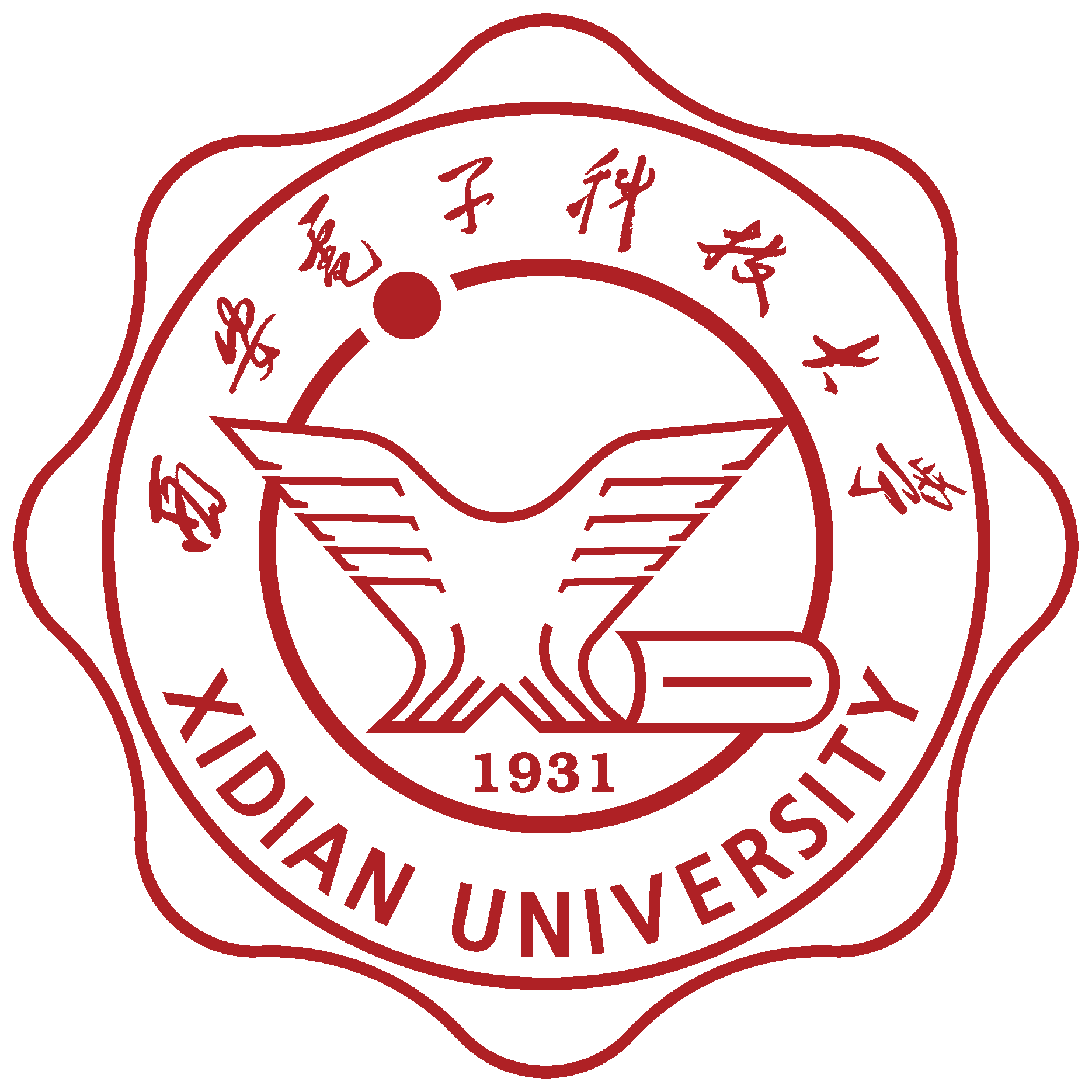About me
I'm an Applied Scientist at Microsoft Turing team.
Research Interests
-
Large Language Model
- Parameter Efficient Finetune
- Question Answering
- Reinforcement Learning
-
Natural Language Processing
- Multilingual Machine Translation
- Efficient Token Representation
- Privacy Preservation
-
Federated Learning
- Private Federated Learning
-
Reinforcement Learning
- Multi-agent Reinforcement Learning
My skills
Programming languages

Python

Java

C

MATLAB

CSS

HTML
Deep Learning

PyTorch

TensorFlow

Numpy

Pandas

Hugging Face
Tools
Git

Linux

LaTeX

AWS







